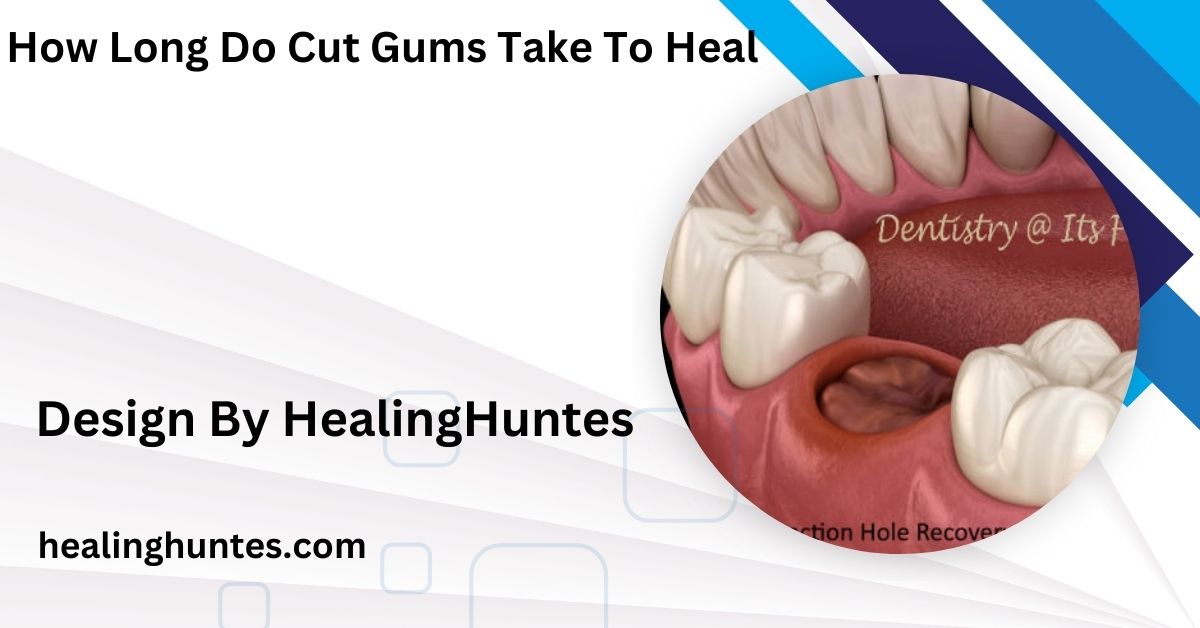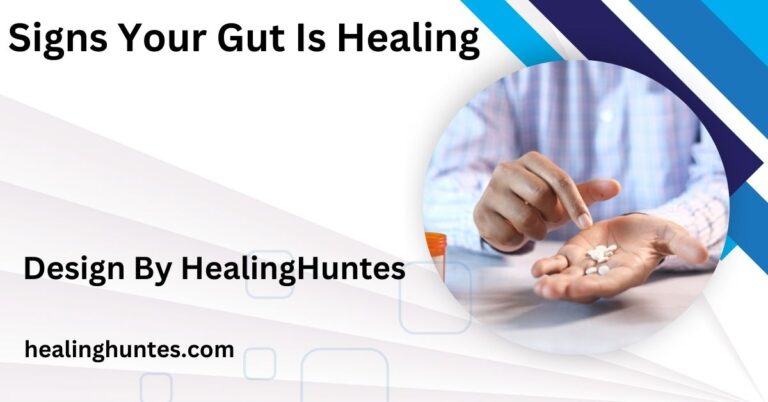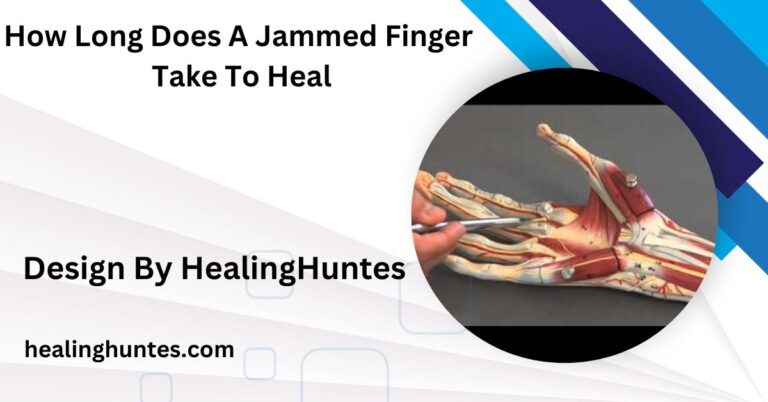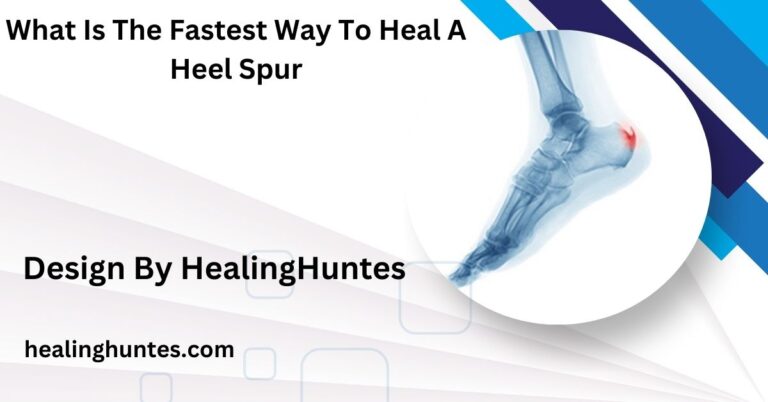How Long Do Cut Gums Take To Heal – A Complete Guide!
Cut gums typically heal within one to two weeks, depending on factors such as the severity of the cut and individual health conditions. Proper care and hygiene are essential for promoting faster recovery.
Certainly! Here’s a more comprehensive look at the healing process for tendon injuries in horses, incorporating more detailed insights into each aspect of recovery.
How Long Does It Take for Cut Gums to Heal?

Experiencing a cut or injury to the gums can be a painful and concerning event. Whether caused by accidental biting, dental procedures, or trauma, understanding the healing process and how long it typically takes for cut gums to heal can help alleviate anxiety and promote proper care.
Understanding Gum Cuts:
Gum cuts, also known as gum lacerations, can range from minor abrasions to deeper cuts that may involve the underlying tissue. They are commonly caused by:
- Accidental biting: Biting into hard foods or during chewing
- Dental procedures: Extractions, cleanings, or surgeries can inadvertently cause gum cuts.
- Trauma: Accidental injuries from sports, falls, or other impacts.
- Poor oral hygiene: Infected gums can become more susceptible to cuts and abrasions.
While minor cuts may heal quickly, more severe injuries can take longer and may require medical attention.
The Healing Process of Cut Gums
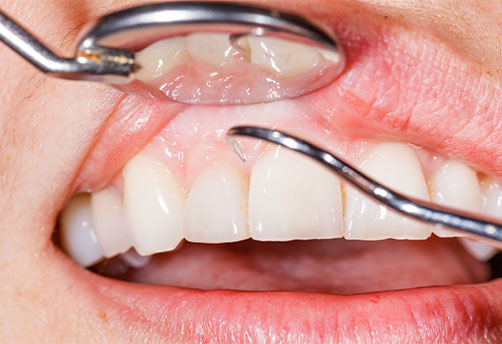
Initial Healing: (1-3 Days
The first few days following a gum cut are critical for initiating the healing process. Here’s what happens during this period:
Clot Formation:
Once a cut occurs, the body begins to form a blood clot over the wound. This is an essential step in the healing process as it serves to protect the exposed tissue underneath and minimizes blood loss. It’s vital not to disturb this clot, as it plays a crucial role in preventing infection and promoting healing.
Inflammation:
In the initial phase, you may notice inflammation, characterized by swelling, redness, and tenderness around the cut. This is a natural response by the body as it increases blood flow to the area to deliver essential nutrients and immune cells needed for healing.
Early Recovery: (3-7 Days)
Within a week of the injury, you should start to see significant improvements:
Tissue Regeneration:
During this phase, epithelial cells begin to regenerate and migrate to cover the wound. New tissue forms as the body works to heal itself. You might also notice a scab or crust forming over the cut as part of the healing process.
Pain and Sensitivity:
While some discomfort may persist, it should gradually decreaseMedications like ibuprofen and acetaminophen, available over the counter, can assist in controlling pain.Additionally, practicing good oral hygiene and avoiding irritating foods can aid in reducing discomfort.
Dietary Considerations:
Eating soft foods is crucial during this period. Foods that require minimal chewing, such as yogurt, mashed potatoes, and smoothies, can help you avoid further irritation of the gum area. Avoiding spicy, acidic, or hard foods is also advisable.
Complete Healing: (1-2 Weeks)
Most minor cuts on the gums will typically heal within one to two weeks. By this time, the following changes should be evident:
Closure of the Wound:
By the end of the second week, the cut should be mostly healed, with the gum tissue regenerating. You may notice some discoloration or a slight difference in texture at the site of the cut, but this will improve over time.
Oral Hygiene:
Maintaining proper oral hygiene is essential to prevent infection and promote healing. Gently brushing your teeth and rinsing with a warm saltwater solution can help keep the area clean. Be sure to avoid vigorous rinsing or spitting, which may dislodge the clot.
Follow-Up:
If the cut does not show signs of healing within two weeks or if you experience increased pain, swelling, or any signs of infection (such as pus or fever), it is essential to consult a dentist or healthcare provider for further evaluation and treatment.
The healing time for cut gums can vary significantly based on several factors:
Factors Affecting the Healing Process:

1. Severity of the Cut:
Deeper cuts or those involving significant tissue damage will take longer to heal than superficial ones. Understanding the extent of the injury can help set expectations for recovery.
2. Underlying Health Conditions:
Certain health conditions, such as diabetes, immune disorders, or blood clotting disorders, can slow down the healing process. Individuals with these conditions should monitor their injuries closely and seek professional advice if needed.
3. Age:
- Younger individuals typically heal faster than older adults due to better circulation and cell regeneration. This natural variation can impact recovery times significantly.
4. Lifestyle Choices:
Habits such as smoking, poor nutrition, and lack of hydration can negatively affect healing times. Smoking reduces blood flow to the gums, hindering the healing process, while a balanced diet rich in vitamins C and K supports tissue repair and regeneration.
Strategies to Encourage Gum Healing:
To facilitate faster healing of cut gums, consider the following tips:
- Maintain Good Oral Hygiene: Brush gently and rinse with warm salt water to keep the area clean and reduce the risk of infection.
- Stay Hydrated: Drinking plenty of water aids in overall health and promotes health.
- Eat a Balanced Diet: Include foods rich in vitamins and minerals, particularly vitamin C (found in citrus fruits and leafy greens) and vitamin K (found in leafy greens and broccoli), which are essential for gum health
- Avoid Tobacco Products: If you smoke, consider quitting or at least reducing usage, as this can significantly affect healing times.
- Manage Stress: High-stress levels can negatively impact overall health and healing. Practice.
FAQ’S:
1. How long does it take for cut gums to heal?
Most minor gum cuts heal within one to two weeks with proper care.
2. What should I do if my cut gums are not healing?
If the cut does not heal within two weeks, consult a dentist or healthcare provider for evaluation.
3. Can I speed up the healing process for cut gums?
Yes, maintaining good oral hygiene, staying hydrated, and eating a balanced diet can promote faster healing.
4. Why are my gums swollen after a cut?
Swelling is a natural inflammatory response to increase blood flow and deliver nutrients needed for healing.
5. Can lifestyle choices affect gum healing time?
Yes, factors like smoking, poor nutrition, and stress can negatively impact the healing process.
Conclusion:
In summary, the healing time for cut gums can vary based on the severity of the cut, underlying health conditions, and individual factors like age and lifestyle. Most minor cuts typically heal within one to two weeks, with a few days of initial healing followed by early recovery. Maintaining good oral hygiene, following dietary recommendations, and monitoring the healing process are key to ensuring a smooth recovery. If you experience any complications or if the cut does not improve, seeking professional dental advice is essential for proper care.
